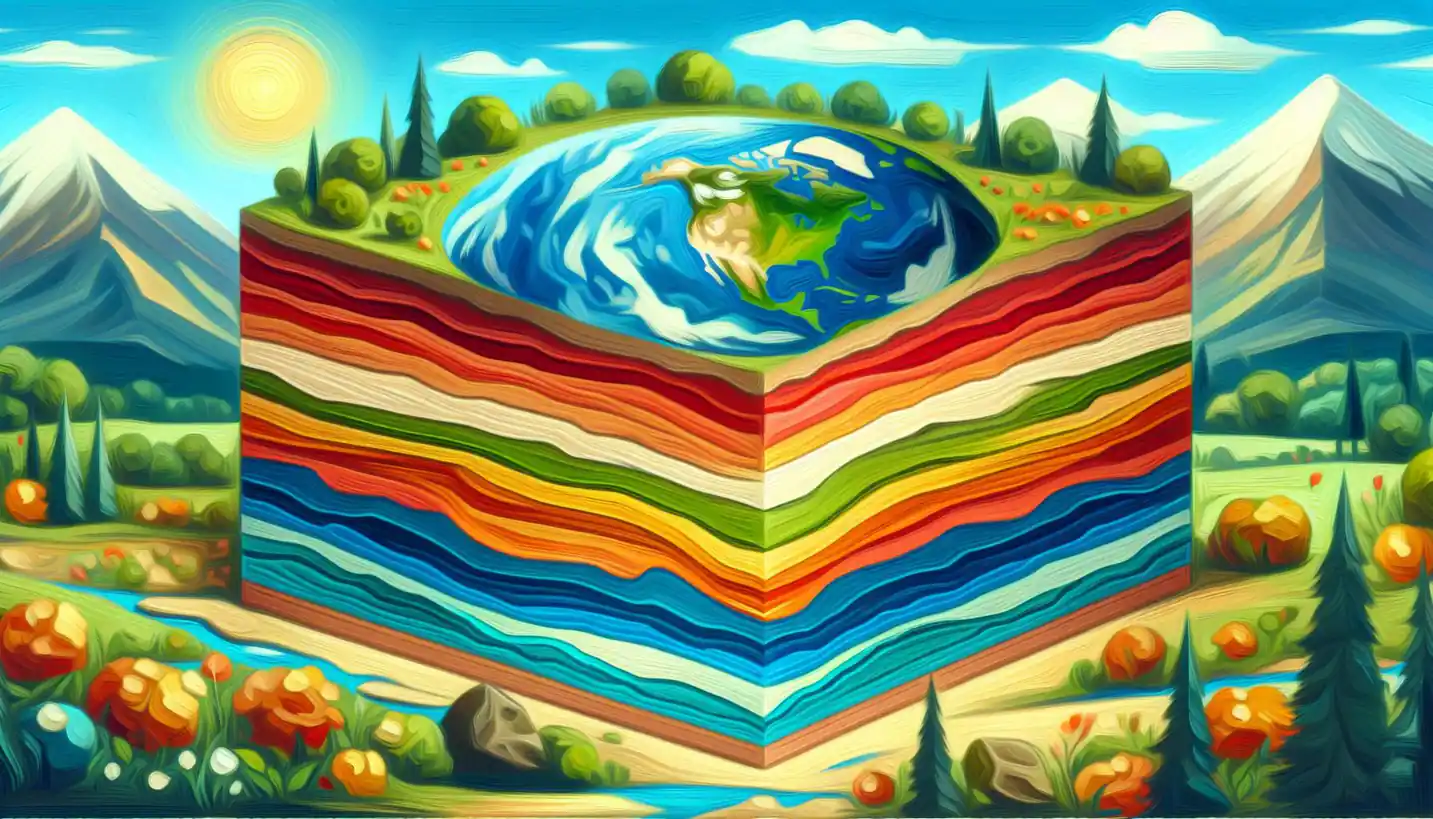· Geography · 5 min read
Urban Sprawl and Its Impact on Our World
Urban sprawl reshapes landscapes, spreading cities outward and affecting everything from commuting patterns to ecological balance.

When you start looking at the edges of cities, you’ll probably notice endless rows of houses, shopping centers, and roads stretching out to the horizon. This phenomenon, known as urban sprawl, might seem like a natural progression of growth, but it has far-reaching effects on our environment, society, and daily lives.
What Is Urban Sprawl?
Urban sprawl is a bit like when you spill a drink and watch it spread out slowly over the table, taking over space in a kind of uncontrolled way. Cities, much like that drink, can grow beyond their central boundaries, spilling outwards. This spread typically involves unplanned development with low-density residential housing, single-use zoning, and heavy reliance on cars for transportation.
The Origins of Urban Sprawl
The story of urban sprawl begins around the mid-20th century. After World War II, economic prosperity in places like the United States encouraged people to seek a bit more land and a larger house outside the bustling cities. Car ownership skyrocketed, making it easier for people to live in these new suburban spaces and commute back into the city. It sounds like a win-win, right? More space, more privacy, and an escape from the noise of city life.
The Domino Effect on the Environment
Urban sprawl often comes at a significant cost to our environment. Picture a lush green area full of trees, plants, and wildlife. Now imagine bulldozers rolling in, flattening the landscape to make way for new developments. This results in the loss of crucial natural habitats, reducing biodiversity and disrupting ecosystems.
Furthermore, with so many people relying on cars to commute from sprawling suburbs, there’s a sharp increase in air pollution and greenhouse gas emissions. It’s as if each car acts like a tiny chimney, with thousands of them collectively polluting the air. The result? A noticeable contribution to climate change and a decline in air quality.
The Social Puzzle
The way urban sprawl molds our communities is another piece of this puzzle. Suburban areas often lack the social and cultural vibrancy of urban centers. Without a mix of zones for living, working, and playing, neighborhoods can feel isolated. It’s a reality where community ties are weaker, and social interactions can be limited.
A sprawling city also tends to create a divide between those who have cars and can move easily and those who don’t. Public transportation systems often struggle to reach beyond city cores, leaving those in distant suburbs with fewer options. This disparity can deepen social inequality and limit access to jobs, education, and healthcare for those without personal vehicles.
The Economic Tangle
Urban sprawl is not just a social and environmental issue; it’s a challenging economic one as well. Spreading out cities requires extensive infrastructure—roads, water lines, sewage systems—which demands significant investment. Imagine stretching a rubber band: the further you pull it, the more tension builds. As cities stretch, maintaining and expanding these services becomes increasingly expensive.
Local governments often bear the brunt of these costs, leading to increased taxes for residents or reduced funding for other essential services. Moreover, the economic focus on building new suburbs can draw resources away from rejuvenating and developing existing urban areas.
Towards a Sustainable Future
So, what can we do about this sprawling situation? Many urban planners advocate for smart growth strategies. The idea here is to encourage higher-density living spaces with mixed-use zoning. Imagine living in a place where you can walk from your apartment to a café, work, or park within minutes. This setup not only preserves open spaces but also reduces our dependency on cars.
Urban farming, green spaces, and public parks are becoming more common in efforts to make urban areas more livable and sustainable. These initiatives aim to blend the natural environment with urban development, providing residents with both green spaces and modern infrastructure.
In some cities, investments in public transportation are helping to connect suburban areas with city centers. Trains, buses, and bicycle paths make commuting convenient and environmentally friendly. This way, residents in sprawling areas have better access to the heart of their metropolis.
The Role of Individuals
You might wonder, as individuals, what role do we play in all this? We can support policies and initiatives that promote sustainable urban living. Choosing to live in areas that offer public transportation options, supporting local businesses, and advocating for more green spaces are small steps that add up.
Additionally, adopting lifestyle changes like carpooling, using public transit, or cycling can reduce an individual’s carbon footprint. These actions contribute towards a communal push against the downsides of urban sprawl.
Questions for the Future
Urban sprawl presents numerous questions: How will future generations address the challenges it poses? Can technology offer innovative solutions to balance growth and conservation? Will there be a shift in people’s preferences towards more compact urban living?
As our cities continue to grow, talking about and understanding urban sprawl is crucial. It’s a dynamic issue, affecting both the world we see today and the one we’ll leave behind for future generations. By exploring sustainable growth practices, we can ensure that urban expansion becomes a story of improvement and renewal rather than one of loss and pollution.
Every city’s journey is unique, and while urban sprawl poses challenges, it also opens opportunities for creativity and reimagining how we live and interact with our environment. Let’s hold onto that hope and strive for smart strides into the future.


